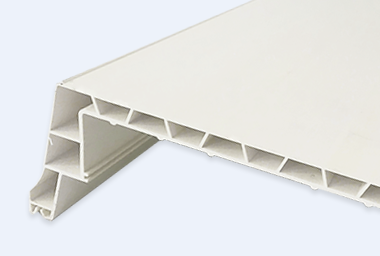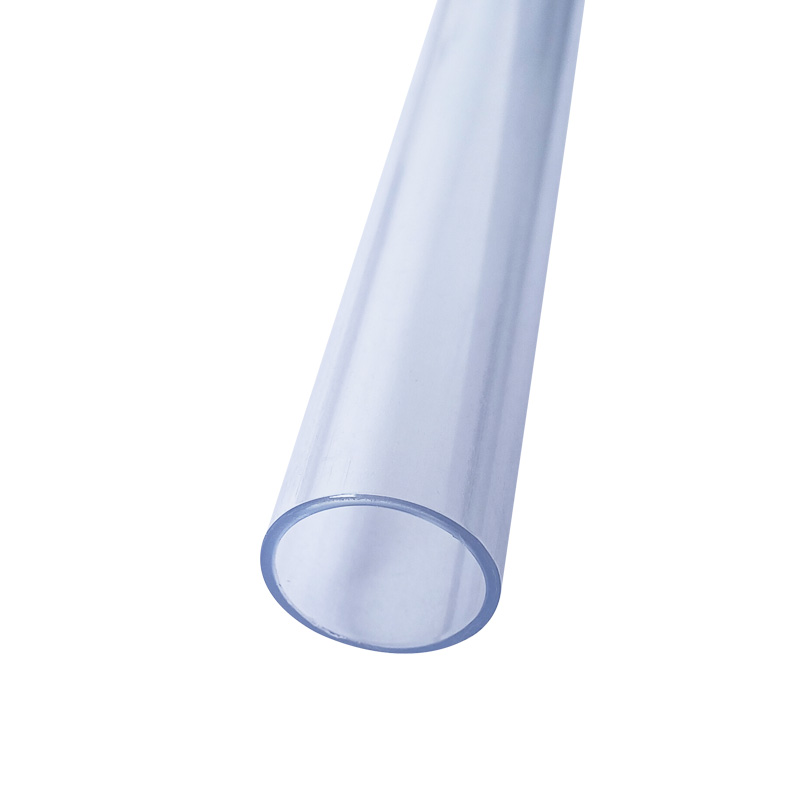PC/ABS profile copolymer is an engineering plastic with excellent performance and low price, which is widely used in industry. The ABS component in the alloy can not only provide better processing fluidity for the PC/ABS alloy, but also improve the low temperature resistance of the alloy material. PC/ABS alloy has a complex microstructure, and improving its microstructure can significantly improve the mechanical properties of the alloy.
(1) Raw material properties: The properties of alloys blended with different brands of PC/ABS profile resin are quite different. High rubber content increases the impact strength of the PC/ABS system, but greatly weakens the interphase compatibility behavior and reduces the tensile properties of the alloy. Therefore, selecting ABS with suitable rubber content can not only improve the impact strength of the blend, but also synergistically enhance its flexural strength. When ABS with low rubber content is used, the flexural strength of the alloy increases synergistically. In addition, high acrylonitrile, low rubber content and high molecular weight ABS can improve the heat resistance of the alloy.
(2) Effect of PC/ABS profile blend ratio on alloy properties: The compatibility and mechanical properties of PC/ABS blend system are directly related to the content of each component in the system. By adjusting the blending ratio of PC and ABS resin, Cao Minqian et al. obtained PC/ABS alloys with different properties. The performance of PC/ABS alloy is linearly related to the content of ABS, and approximately obeys the performance of additives.
(3) The influence of the third component: adding benzothiazole, polyimide and other substances to the PC/ABS profile alloy can improve the heat resistance and thermal stability of the alloy. During processing, adding processing modifiers such as ethylene oxide/propylene oxide block copolymer, MMA/ST copolymer, and olefin/acrylate copolymer can improve the fluidity of PC/ABS alloy. In addition, in order to improve the bonding strength of PC/ABS alloy injection molding products, PMMA, SAN, SBR, acrylate elastomer, low density polyolefin, ethylene/acrylate/acetic acid, ethylene (vinegar) copolymer, PC/ethylene are usually added. Substances such as block or graft copolymers.
(4) The role of processing technology: The blending equipment of PC/ABS profiles can choose twin-screw extruder and single-screw extruder with static mixer. JONGHANCHUN believes that the effect of using a continuous kneading extruder is ideal. In the mixing method, the mixing effect of the second-order mixing is better. However, in the second-stage blending, some materials must be subjected to secondary extrusion at high temperature, high energy consumption, easy to degrade the material, and reduce the performance of the alloy.
The forming method also has a great influence on the morphology and structure of PC/ABS alloy. Compression-formed samples, for example, can better retain the microscopic inhomogeneous dispersion that forms when the alloy is mixed. At this rate, the dispersion state changes and an excessively uniform decomposition is achieved. Therefore, the impact strength of the two samples is quite different, and the impact strength of the compression-molded sample is higher. PC is easily degraded in the presence of moisture (water content greater than 0.03%) and high temperature (temperature higher than 150°C), so it needs to be dried before blending or molding, and stearic acid lubricant should be avoided to avoid affecting Product performance.





